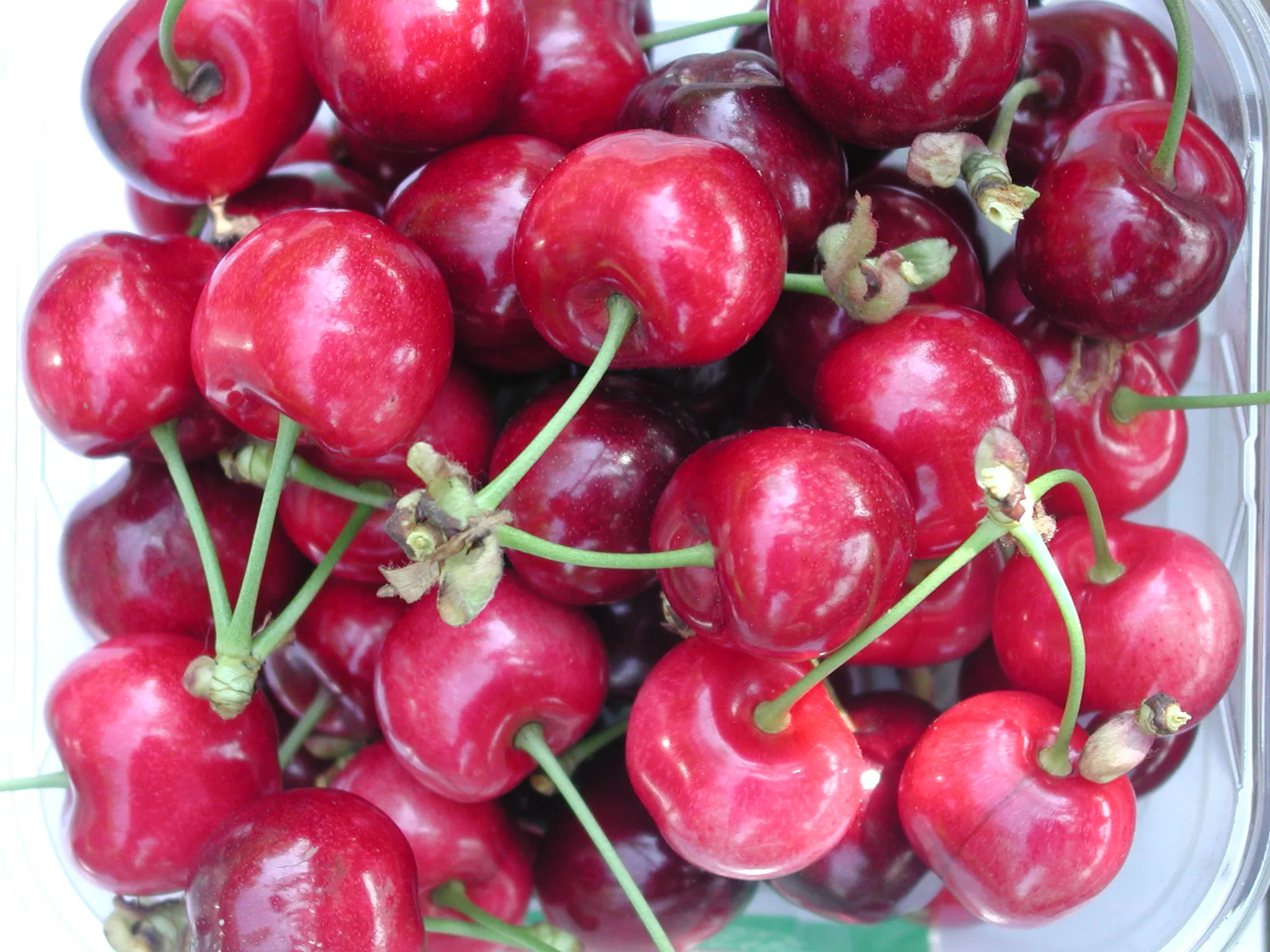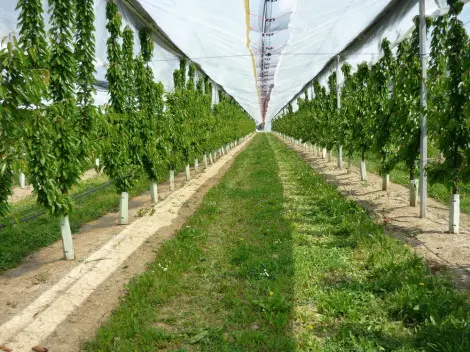The researcher from the INIA Quilamapu Fruit Quality Laboratory emphasizes the importance of understanding the optimal conditions for preserving cherries intended for export. This is to avoid losses due to prolonged storage and potential logistical failures during transportation.
The recent failure of the ship Maersk Saltoro, which was transporting 1,363 containers (about 5 million boxes) of Chilean cherries to China, has highlighted the vulnerability of the fruit industry. The vessel suffered a main engine breakdown on January 13, drifting in the Pacific Ocean.
The delay in its arrival, scheduled for January 20, was particularly critical for the distribution of fruit in China. This event demonstrated the importance of optimal management of post-harvest preservation.
Dependence on the Chinese market
The situation is worsened by the high concentration of the Chinese market, which accounts for over 90% of Chilean cherry exports. This oversupply has led to a significant drop in prices, affecting producers' profitability.
The incident could result in millions in losses for Chilean producers, compromising the quality of the cherries during a critical period. They were supposed to reach the market just before the Chinese New Year, celebrated between January 29 and February 12.
Although the containers have an electric power supply to maintain the cold chain, prolonged storage has negative effects on the fruit. The loss of freshness affects quality and market acceptance.
Post-harvest research
In this regard, the fruit quality researcher at INIA Quilamapu, Cristián Balbontín, highlighted the importance of post-harvest research to mitigate these risks.
“Parameters such as firmness, color, and stem dehydration are crucial for product acceptance in international markets. Additionally, physiological disorders such as pitting (bruising), leathery skin, and internal browning can develop during extended storage.”
Balbontín emphasized that the Fruit Quality Laboratory at INIA Quilamapu has been studying the impact of storage on different cherry varieties grown in the Ñuble region for years. The studies analyzed storage periods of 10, 30, and 50 days, as well as shelf life exposure, which ranges between 2 and 6 days.
Varieties and storage
“In general, the longer the storage time, the greater the incidence of disorders such as internal browning in the Regina and Kordia varieties. Meanwhile, firmness loss is more pronounced in Santina and Lapins,” said Balbontín.
In this context, the specialist emphasized that the work done in the laboratory “allows us to better understand the optimal time to maintain the quality of the fruit, depending on the variety and the destination market.”
The researcher also pointed out that cherry quality varies significantly depending on the production area and the climatic conditions of each season. “Factors such as heat waves, rain, or harvest delays due to lower spring temperatures can affect the post-harvest storage potential.”
The future of competitiveness
Finally, Balbontín reiterated the importance of strengthening post-harvest research to ensure the competitiveness of Chilean cherries in international markets.
“If we want to access new markets and maintain the sector's profitability, collaboration between researchers, producers, and exporters is essential. Only then can we optimize post-harvest practices and ensure that Chilean cherries continue to be a benchmark for quality worldwide,” he concluded.
Source: PortalAgroChile
Cherry Times - All rights reserved












